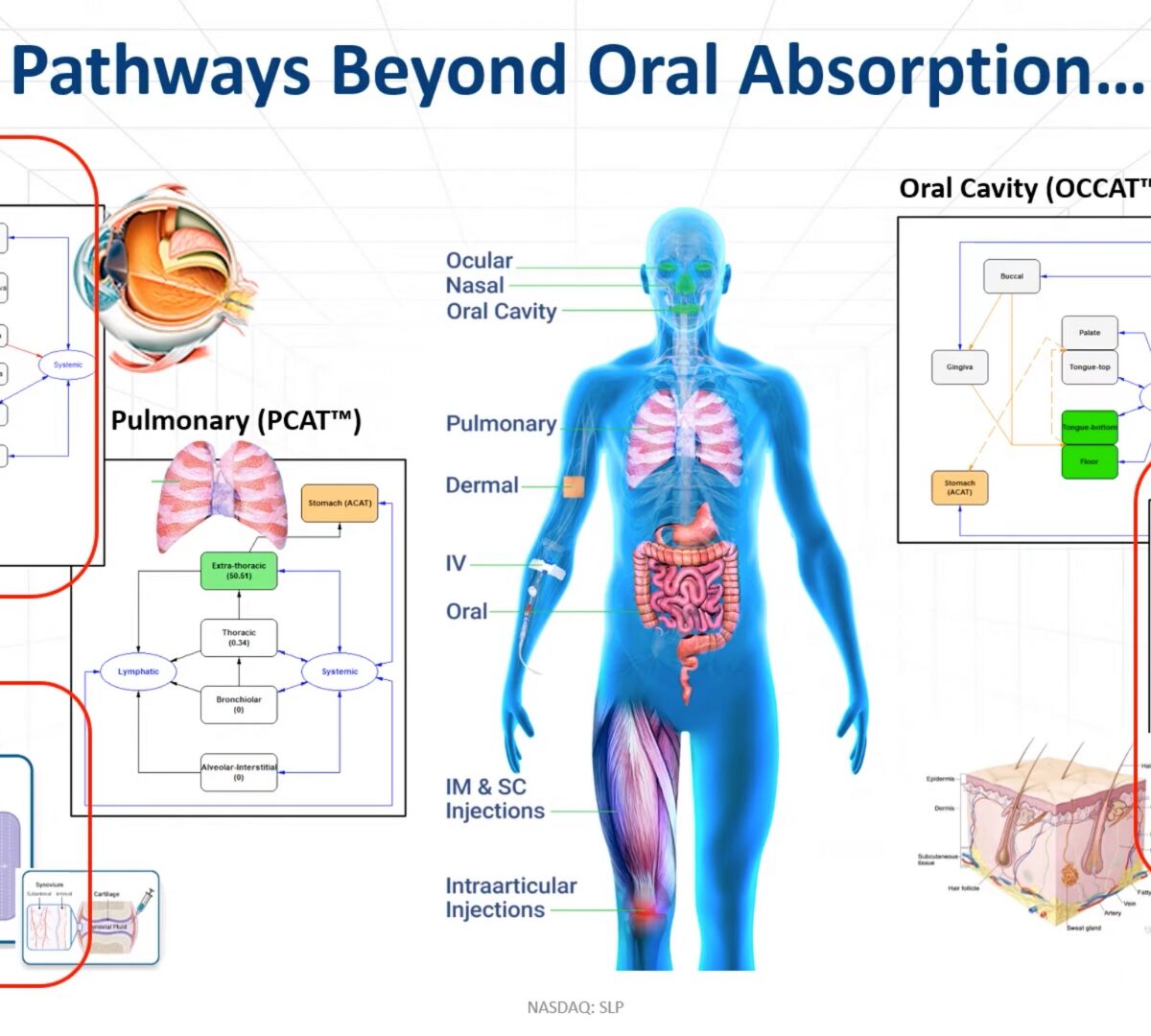Generic drug development for locally acting drug products is a fast-growing field of interest

Current Approaches for Predicting Human PK for Small Molecule Development Candidates: Findings from the IQ Human PK Prediction Working Group Survey
Accurate prediction of human clearance (CL) and volume of distribution at steady state (Vd,ss) for small molecule drug candidates is an essential component of assessing likely efficacious dose and clinical safety margins.

Corrosion inhibition and ecotoxicological assessment of 1,2,3-triazolic alcohols
Here, it is reported the synthesis of two triazole derivatives (1-phenyl-1H-1,2,3-triazole-4-yl)methanol (3a) and (1-(4-nitrophenyl)-1H-1,2,3-triazole-4-yl)methanol (3b)) and...

Physiologically Based Pharmacokinetics Modeling in Biopharmaceutics: Case Studies for Establishing the Bioequivalence Safe Space for Innovator and Generic Drugs
For successful oral drug development, defining a bioequivalence (BE) safe space is critical for the identification of newer bioequivalent formulations or for setting of clinically relevant in vitro specifications to ensure drug product quality.

Population pharmacokinetics of vericiguat in patients with heart failure with reduced ejection fraction: an integrated analysis
Vericiguat, a novel stimulator of soluble guanylate cyclase (sGC), is indicated for the treatment of patients following a hospitalization for heart failure or need for outpatient intravenous diuretics, with symptomatic chronic heart failure and ejection fraction less than 45%. Pharmacokinetic (PK) data from the phase II trial SOCRATES-REDUCED (Soluble Guanylate Cyclase Stimulator in Heart Failure Study) and the...

Predicting PK of Multisource Acyclovir Oral Products Through PBBM Modeling
Highly variable disposition after oral ingestion of acyclovir has been reported, although little is known regarding the underlying mechanisms.

Potent and Broad Neutralization of SARS-CoV-2 Variants of Concern (VOCs) including Omicron Sub-lineages BA.1 and BA.2 by Biparatopic Human VH Domains
The emergence of SARS-CoV-2 variants of concern (VOCs) requires the development of next-generation biologics with high neutralization breadth.

Preclinical Pharmacokinetic and Pharmacodynamic Investigation of 5’-Methoxynobiletin from Ageratum conyzoides: In vivo and In silico Approaches
5’-methoxynobiletin (5’-MeONB), a polymethoxyflavone isolated from A. conyzoides, has shown anti-inflammatory property. Nevertheless, the antinociceptive...

July 2022 GastroPlus Newsletter
Hard to believe that we’re already in the middle of summer.

Identification of a novel immune-inflammatory signature of COVID-19 infections, and evaluation of pharmacokinetics and therapeutic potential of RXn-02, a novel small-molecule derivative of quinolone
Coronavirus disease 2019 (COVID-19) is a global pandemic and respiratory infection that has enormous damage to human lives and economies.

Bioequivalence and Relative Bioavailability Studies to Assess a New Acalabrutinib Formulation That Enables Coadministration With Proton-Pump Inhibitors
Acalabrutinib is a Bruton tyrosine kinase (BTK) inhibitor approved to treat adults with chronic lymphocytic leukemia,small lymphocytic lymphoma, or previously treated mantle cell lymphoma.

Fragment-based drug discovery—the importance of high-quality molecule libraries
Fragment-based drug discovery (FBDD) is now established as a complementary approach to high-throughput screening (HTS).

Simulations Plus Reports Third Quarter Fiscal 2022 Financial Results
Total revenue growth of 17%; Software revenue growth of 16%; Services revenue growth of 19%;
Diluted Earnings Per Share (EPS) growth of 11%;
Board of Directors announces quarterly dividend of $0.06 per share

Understanding Interindividual Variability in the Drug Interaction of a Highly Extracted CYP1A2 Substrate Tizanidine: Application of a Permeability-Limited Multicompartment Liver Model in a Population Based Physiologically Based Pharmacokinetic Framework
Tizanidine, a centrally acting skeletal muscle relaxant, is predominantly metabolized by CYP1A2 and undergoes extensive hepatic first-pass metabolism after oral administration.

First in Human (FIH) PBPK predictions
An overview of what PBPK is will be provided so that everyone starts from the same level.

Simulations Plus Hosts 2nd Annual Pharmacometrics Workshop
Record-setting attendance for the global pharmacometrics community

Using PBPK modeling to assess the impact of diseases on oral drug absorption: case study in HIV-infected patients
Randomized clinical trial is the most effective way to determine whether a cause-and-effect relationship exists between an intervention and a predefined clinical outcome.

Simulation of febuxostat pharmacokinetics in healthy subjects and patients with impaired kidney function using physiologically based pharmacokinetic modeling
Febuxostat is recommended by the American College of Rheumatology Gout Management Guidelines as a first-line therapy for lowering the level of urate in patients with gout.

